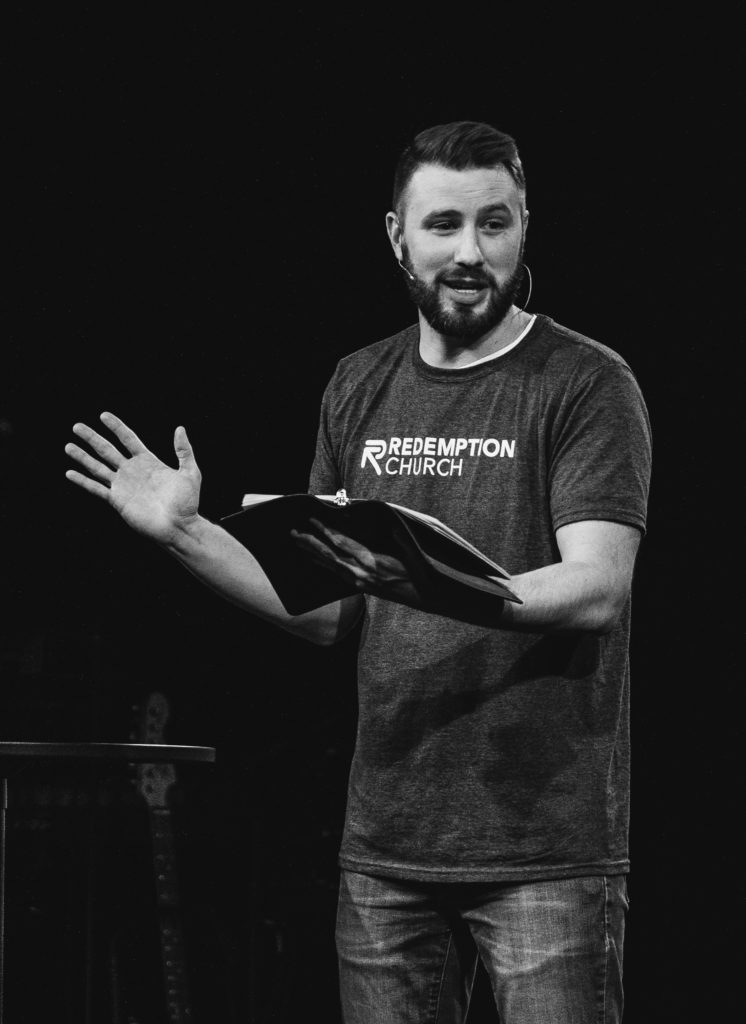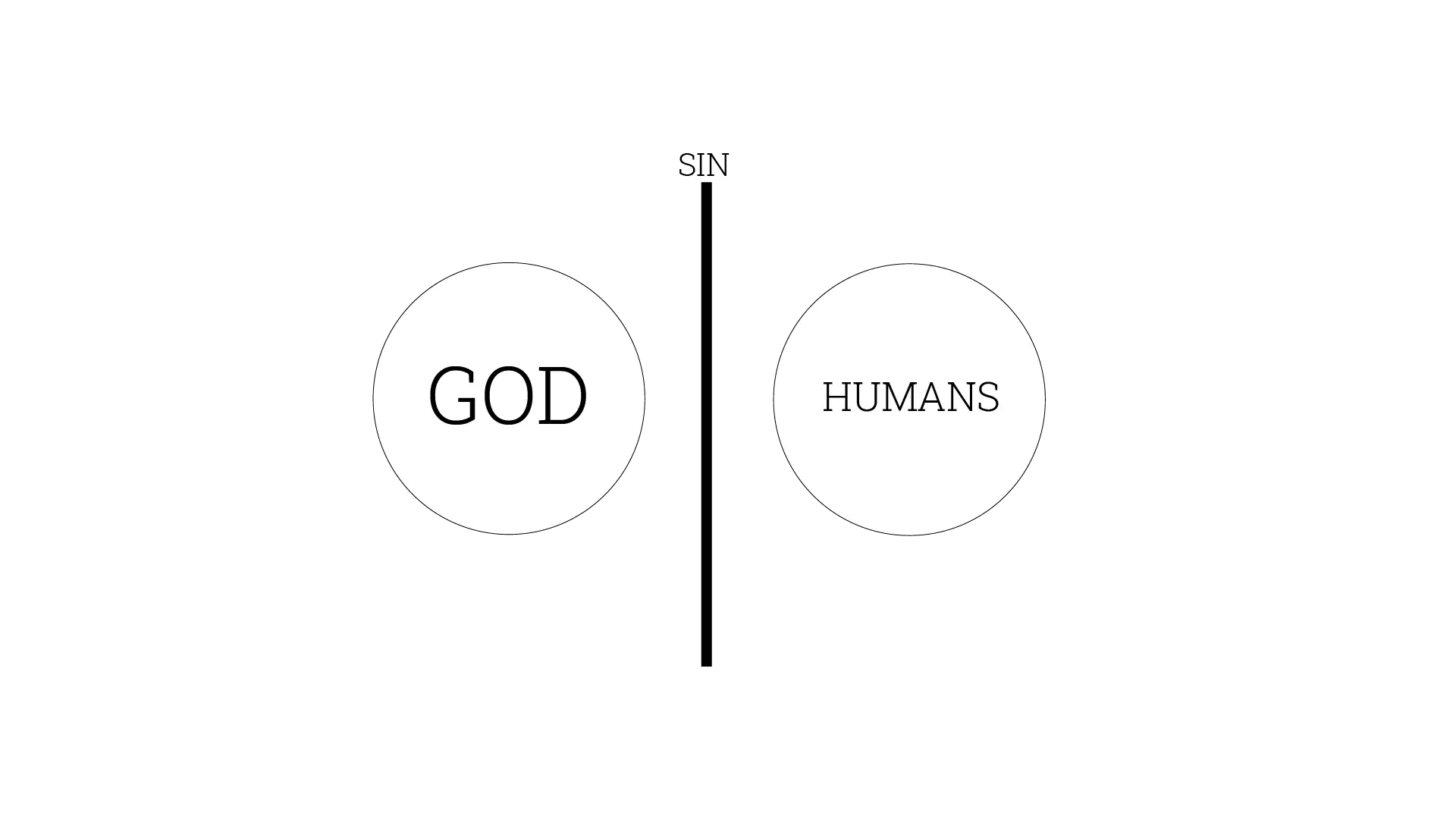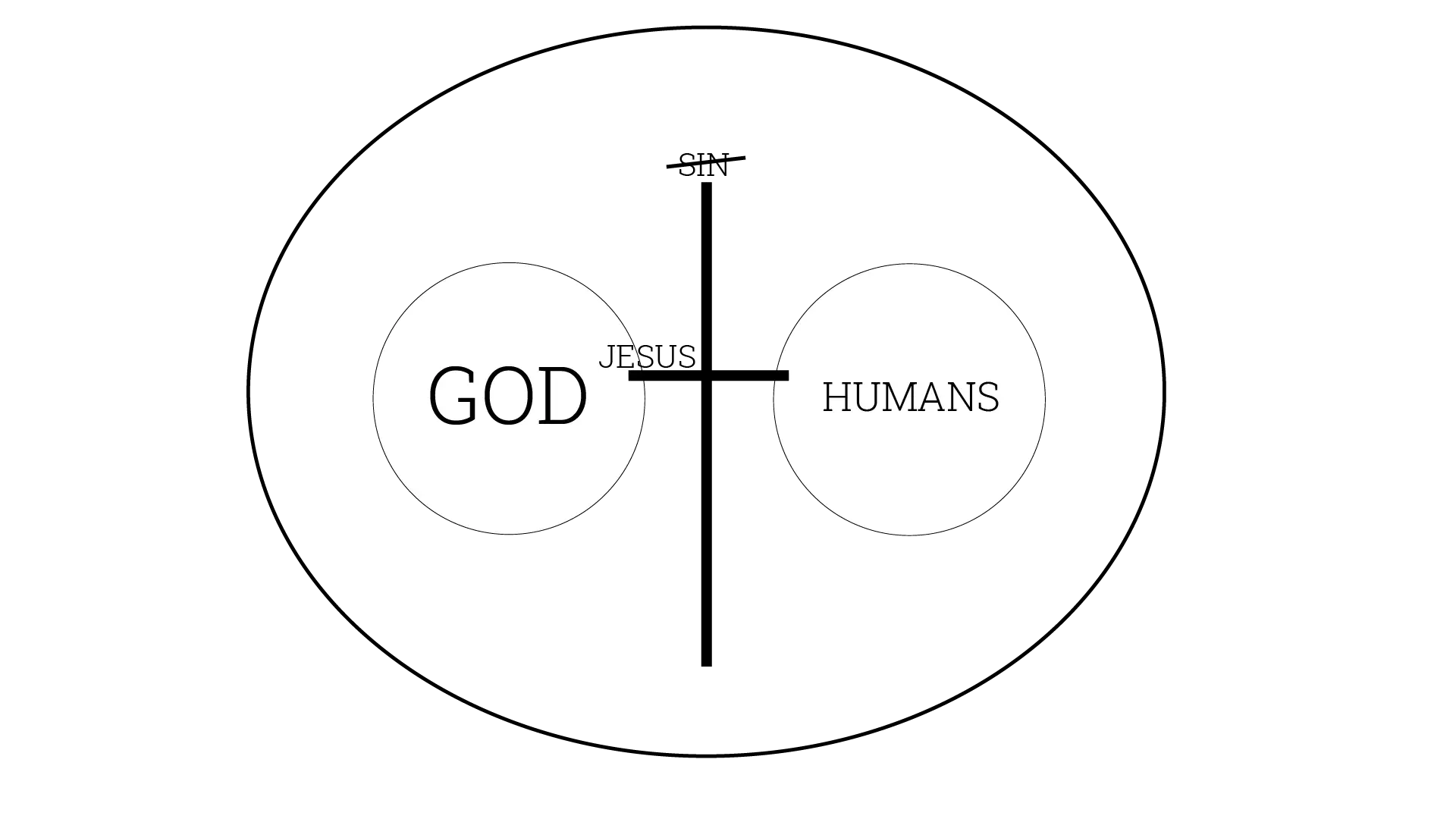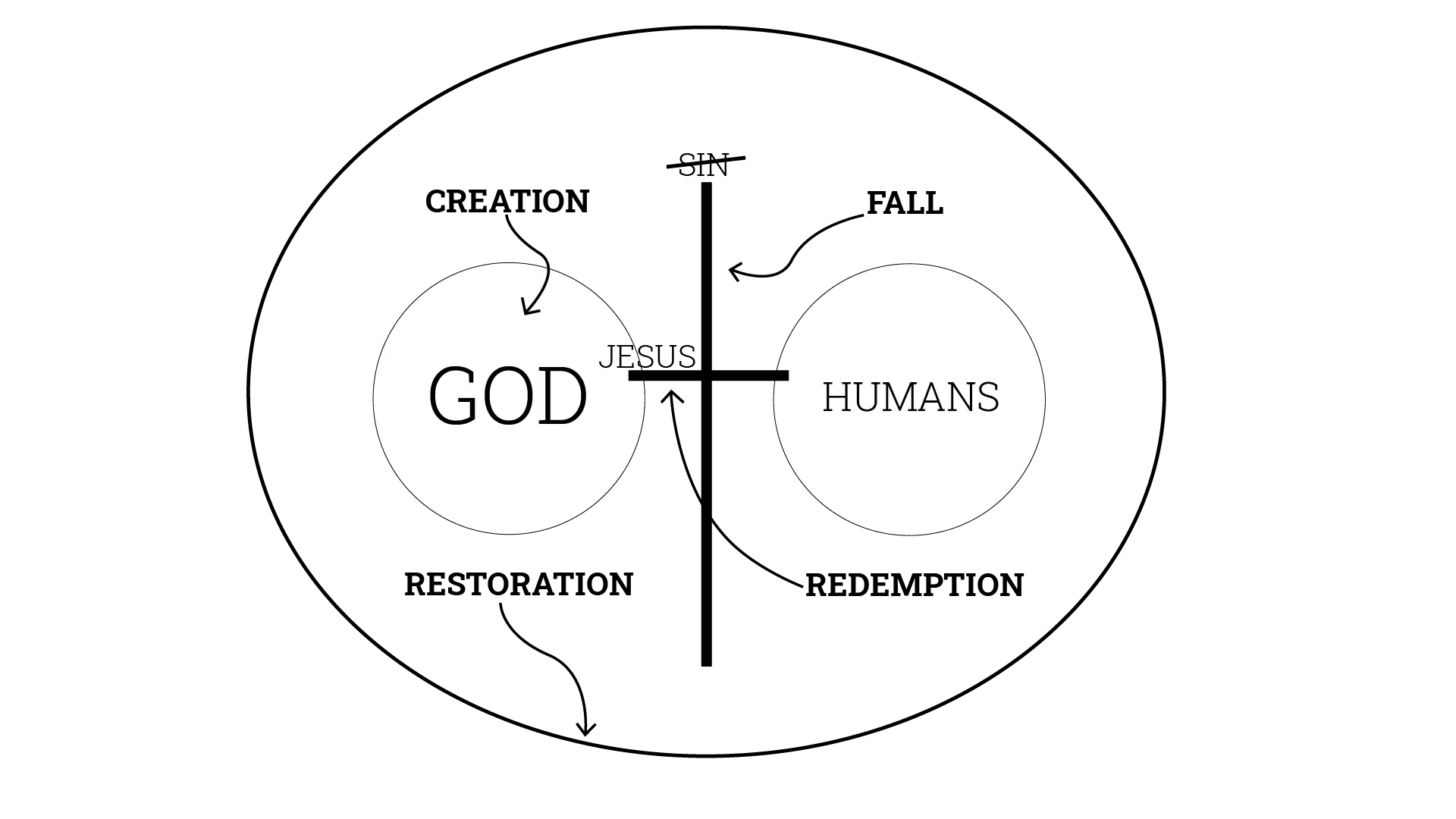Hey guys, we just talked about how to give the gospel to people in our culture this weekend. If you didn’t get a chance to check out the message, you can watch it on our YouTube channel by clicking here.
I want to follow up with some practical resources for you, and a reminder of some of the action-steps I’ve mentioned throughout the We Are the Movement sermon series.
1. Take Small Steps
Start by just asking someone you don’t know how their day is going. When you go into a coffee shop, or you’re in the checkout line at the store, or you’re at the park, think of ways to simply speak to and maybe even get to know people you’ve never met. Don’t take this step for granted. Sometimes we just need to re-learn how to talk to people!
The next step might be to re-engage someone you haven’t seen in a while, or to continue engaging with someone you’ve already been getting to know. Invite them for coffee, or over to your house for dinner. Maybe you don’t even try to bring up spiritual things unless they do. Just build your relationship with them.
But the final step is thinking through how to give someone the gospel. And if you’ve already taken the other two steps before this, it’s not as hard as you think. It’s definitely an easy conversation to get into if you talk about yourself some, right? You’re a church planter, after all! Tell them, not just about the church, but why we’re here, why you joined, and even what God has done in your life.
2. Find Common Ground
Don’t forget to find the points of agreement with those you’re talking to. That means you have to listen to others. Let them share their perspective. Ask questions about what they think is the meaning of life, or how they determine right and wrong, or what they think about the concept of eternity, etc.
Don’t be like me and find all the critical disagreements you have with someone else, haha. I’m trying to get better at this. Find the truth you can affirm, and talk about your perspective from there.
Don’t forget, when you start talking about eternity, people innately long to live forever. Death is our greatest enemy as humans. So don’t be surprised when people want to hear more about the biblical perspective of death and eternity. It’s intriguing, if nothing else.
3. Share Your Story
That’s why it’s important that you practice telling your own story. Write it out in 300 words or less. Then practice your two-minute speech about how God has changed your life. Share it with your Christian friends or spouse if you’re married. Ask for feedback, especially if they already know your story.
Don’t forget, your story can make an eternal difference in someone else’s life.
4. Give the Gospel
It’s inherently a story about God’s plan to redeem humanity, so I like sharing the gospel through the lens of storytelling. Here’s the diagram I gave in the sermon (below). You can scroll through to see it progress.
Think about it like you’re drawing the diagram on a napkin. It’s super simple, visual, and easy to sketch. The explanations are below.
- God existed before anything else in the universe. He’s eternal, which means he’s greater and more mysterious than we can imagine. (God in circle)
- But he wanted to create something that could be like him in physical reality, so he created humans to be like him to the rest of creation. (humans in circle)
- The problem is, rather than be like God, humanity desired more… they wanted to be their own God, which created a relational break between God and humanity. The Bible calls that rebellion “sin.” Now, no matter how hard we try, we can never get back to God on our own. We’ll always be imperfect, we’ll always have to deal with brokenness in our world. And we deserve that separation from God. We essentially committed treason against the King of the Universe, which should mean death for us. Rebelling against an eternal God deserves eternal punishment. (vertical line)
- But instead of letting us die eternally, God sent Jesus into the world to enable us to come back to him again. Jesus is our bridge, our way back to God. He lived the perfect life we all should live but don’t; then he died the death we deserve. (horizontal line)
- But what completed his mission was that he rose from the dead so that one day, we can raise from the dead with him, which means we’ll get to be with him in his presence forever. He’s going to restore all things back to their original design and glory before brokenness entered into reality. He’ll make all sad things come untrue. (big circle)
So you can sum it up as: (6) creation; (7) fall; (8) redemption; and (9) restoration.
The key is to share this story and then ask them to respond. You can say something like, “Have you ever heard that before?” Or, “Is that something that strikes you as true?” Or, “Do you believe this good news?”
Other Resources
3 Circles:
That’s just one method. There are a ton of others. Here’s a great app you can download that walks you through the 3-circles diagram they use called the Life Conversation Guide. It tells a similar story to what I’ve shared above.
The app does all the work for you, and even gives you suggestions on what you can say. Take advantage of this tool:
Bridge To Life:
You could also use the Bridge To Life diagram in more detail. The one I used above is a modified bridge diagram, attempting to use language people in our culture understand. But the original diagram includes deeper information, as well as Scripture references.
Here’s a link to the one from the Navigator’s ministry website: navigators.org/resource/the-bridge-to-life
Our Motivation
At the end of the day, we share the gospel because we believe it’s true! It’s our motivation to share the good news about Jesus with others. Don’t lose that motivation. Don’t ever forget what God has done for you. Then get out there and give the gospel to the people of Roanoke!

Author: Pastor Carter Mundy
Carter is the Lead Pastor of Redemption Church. Check out more about him and his family by clicking here.









